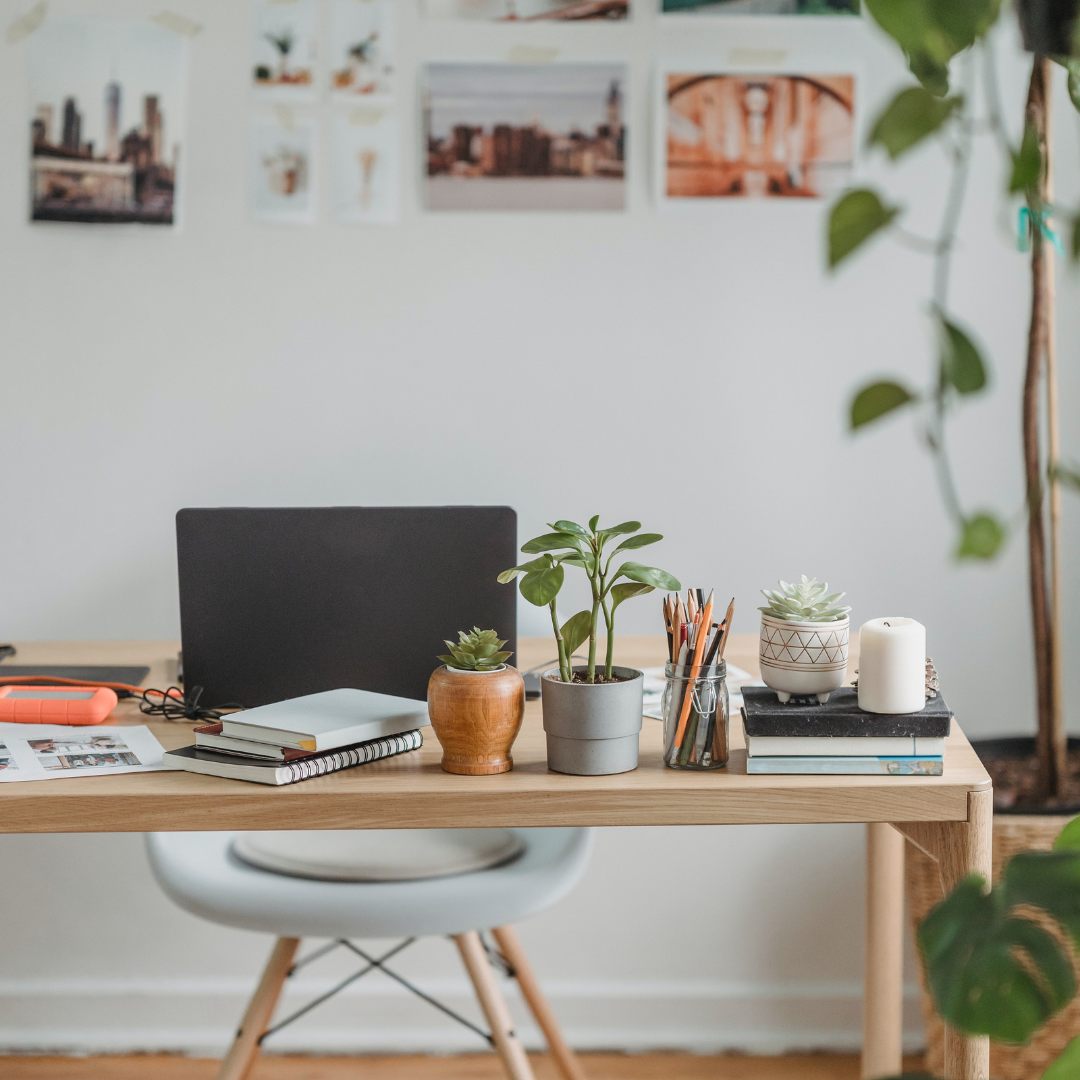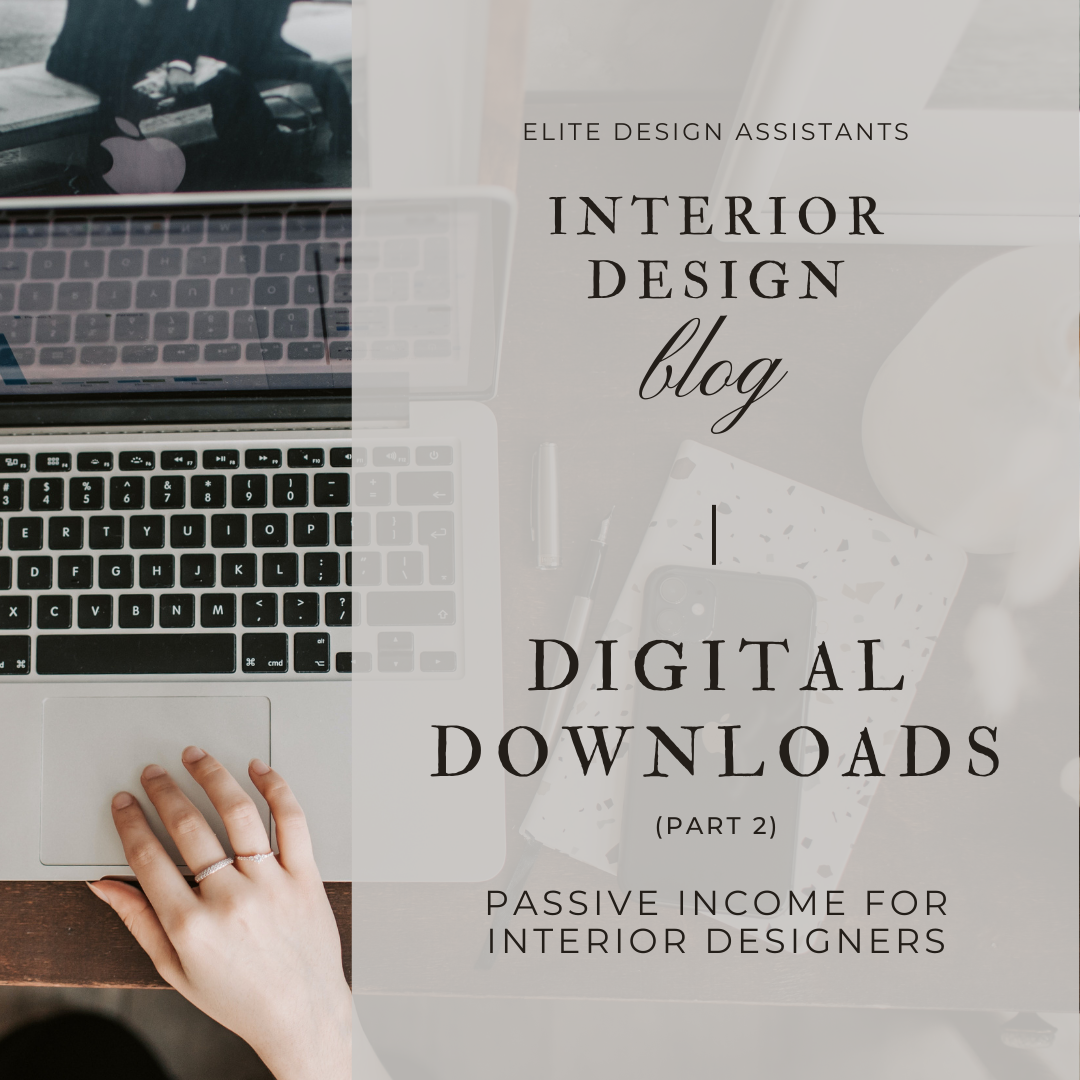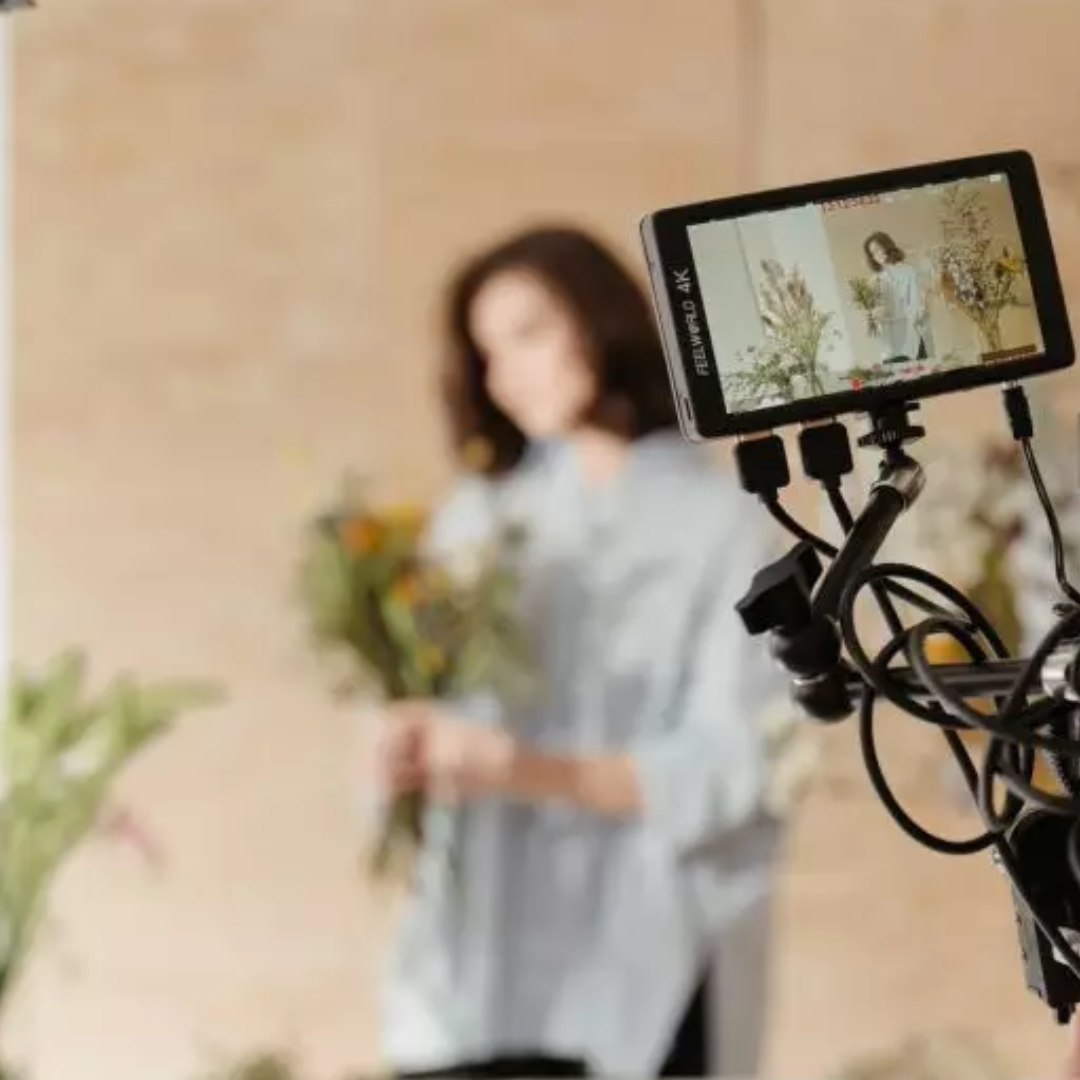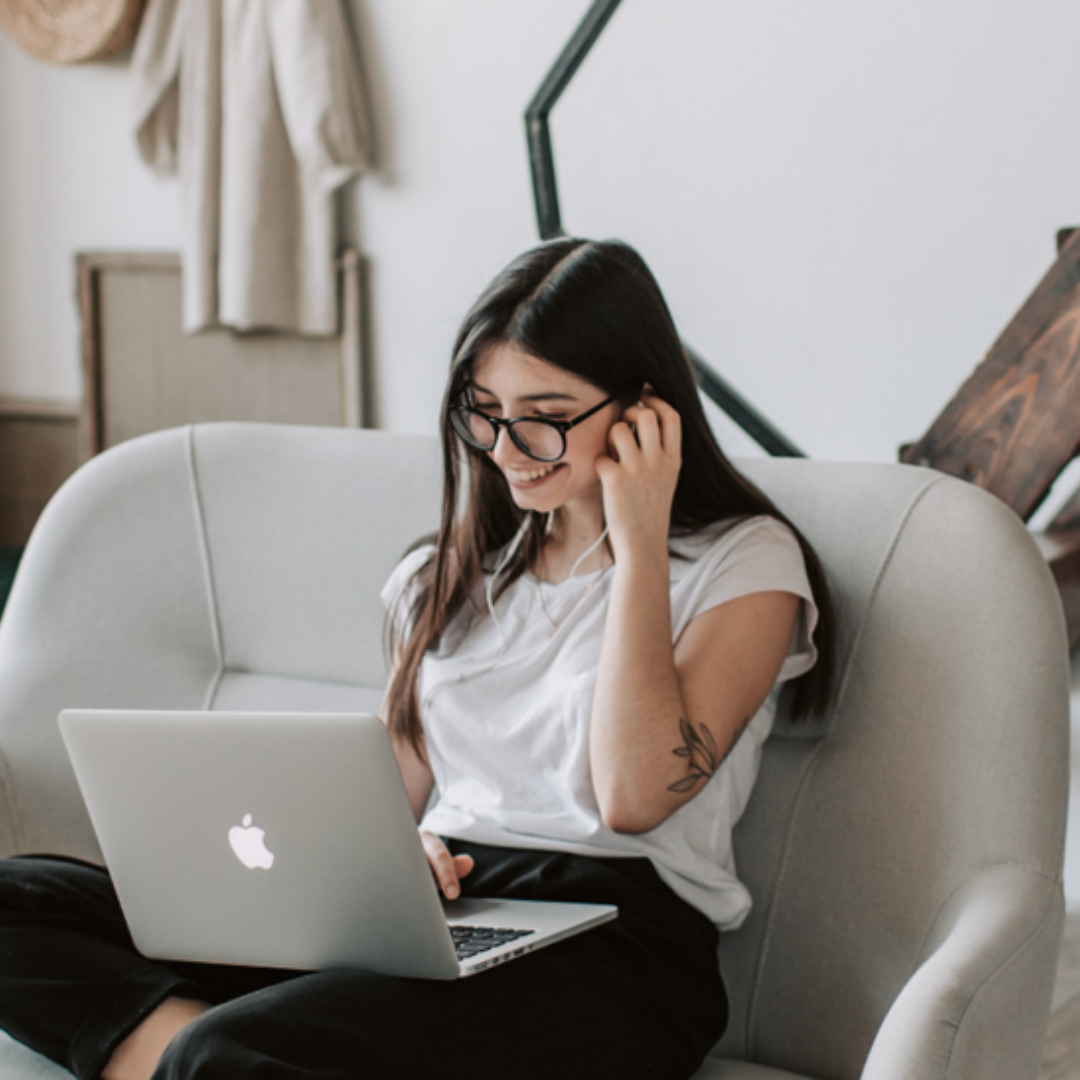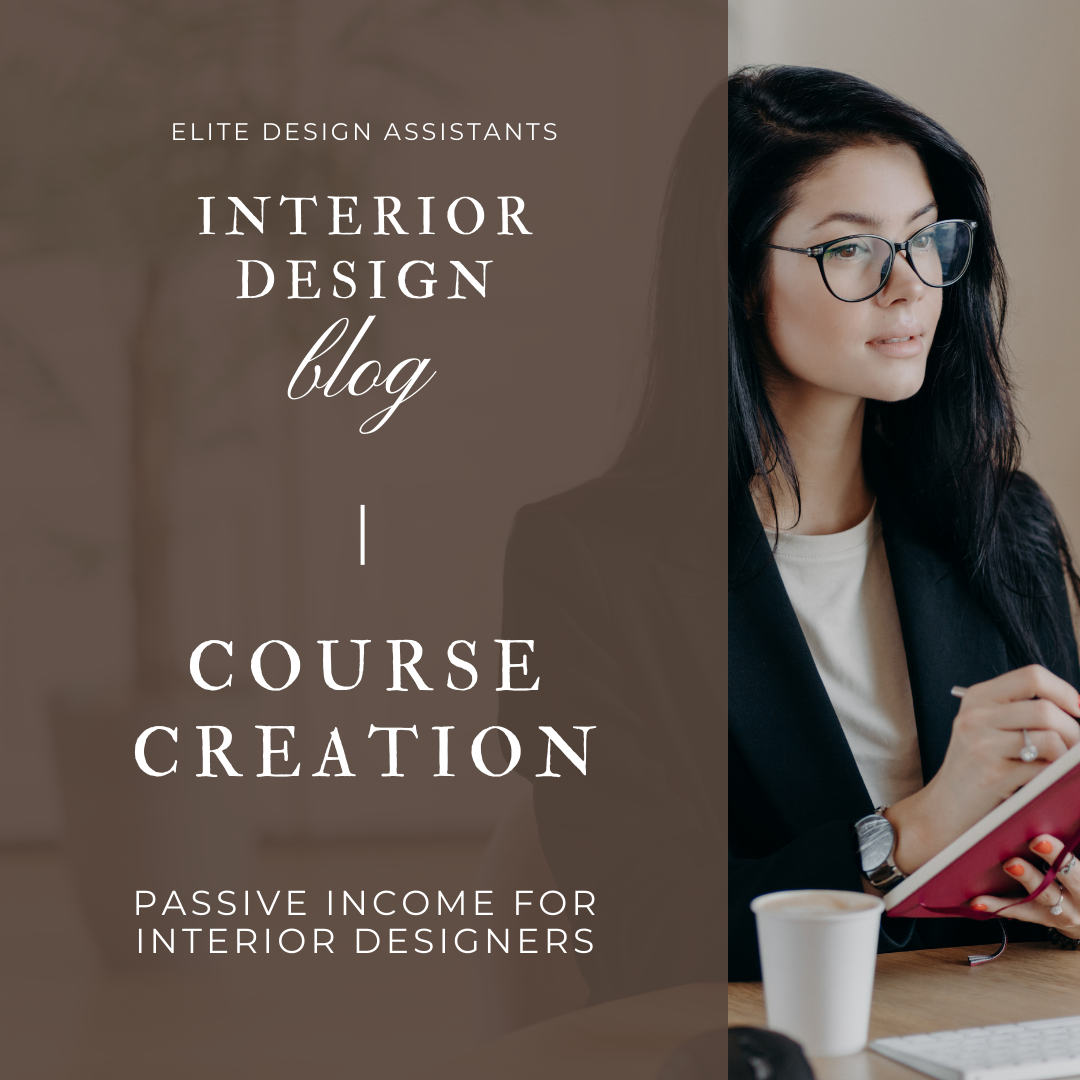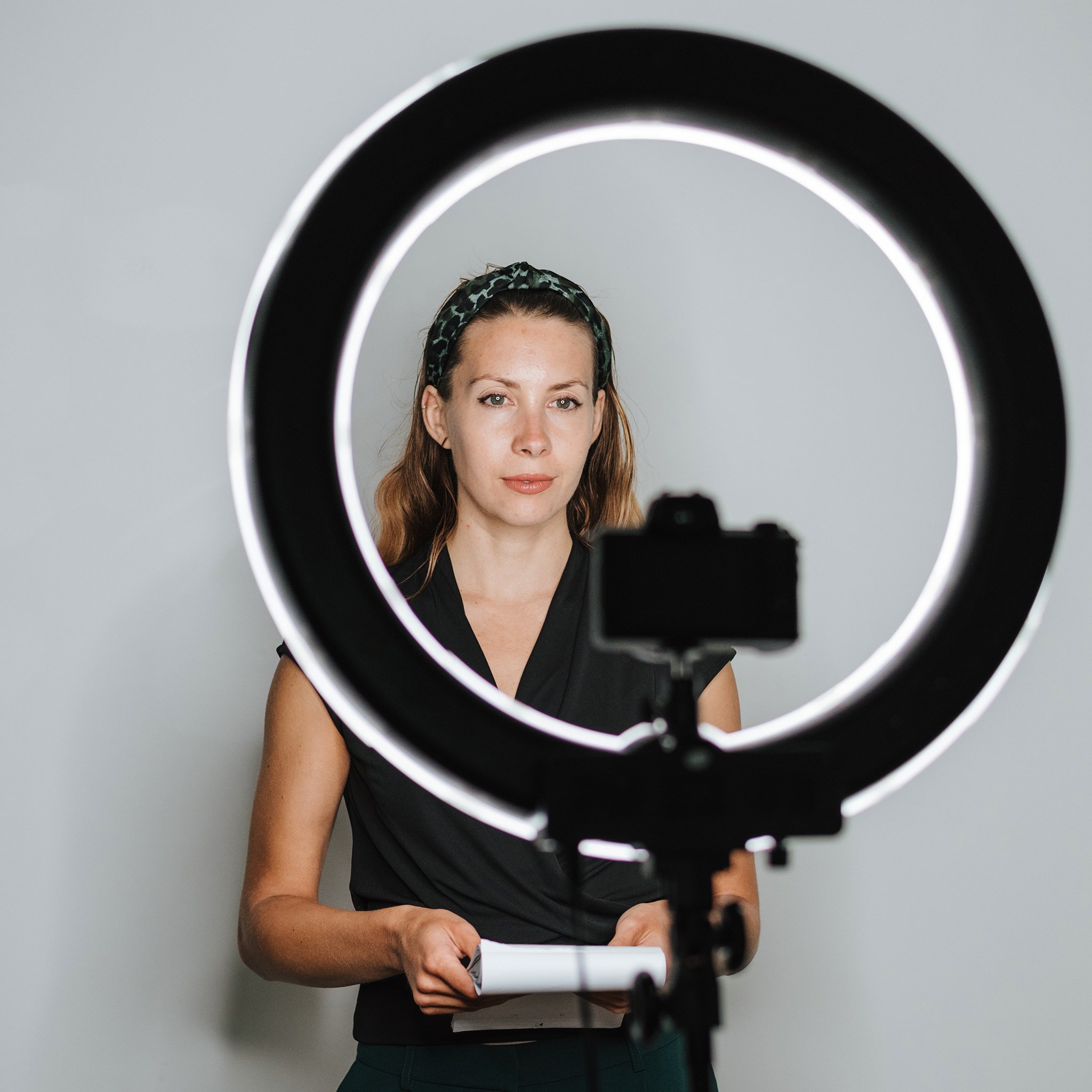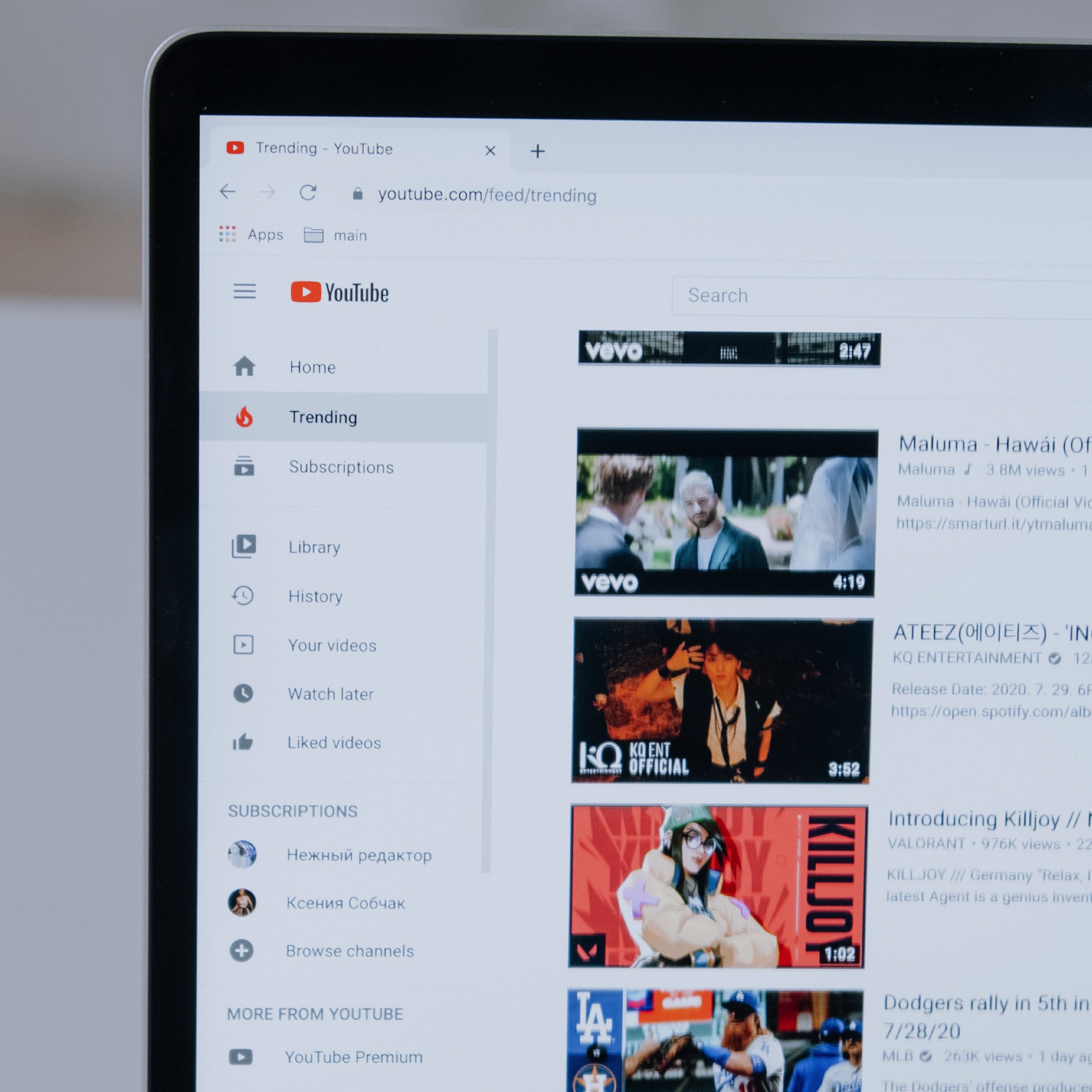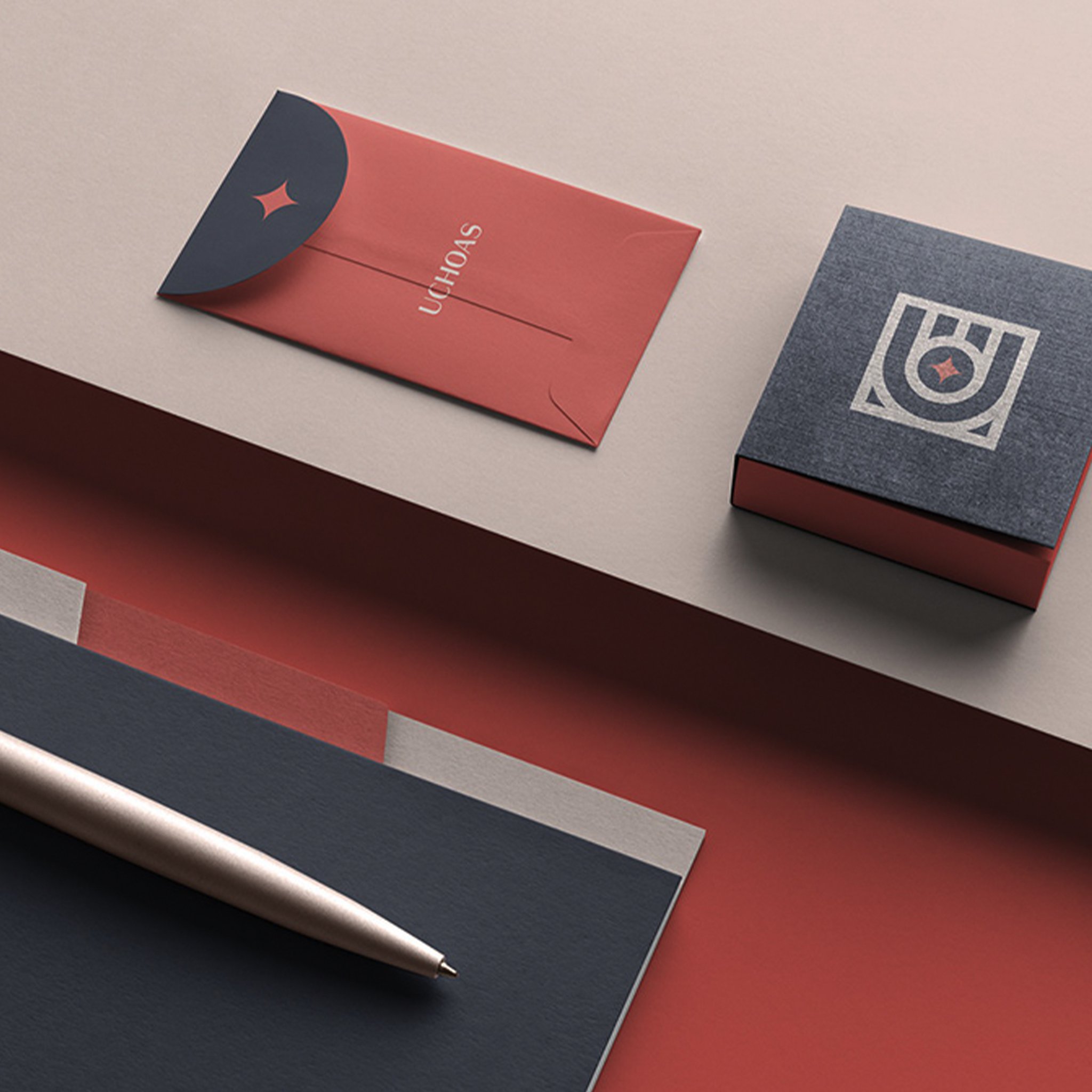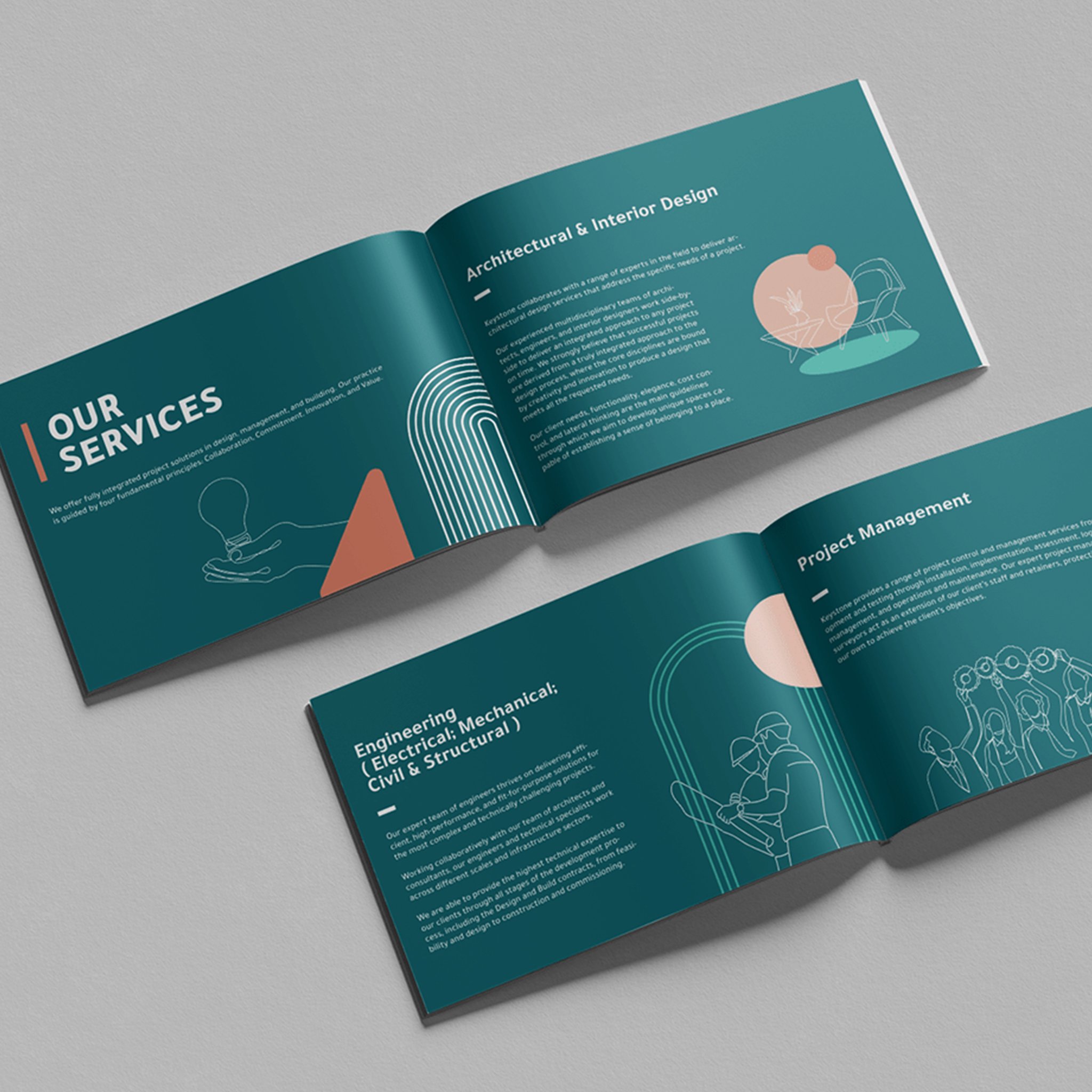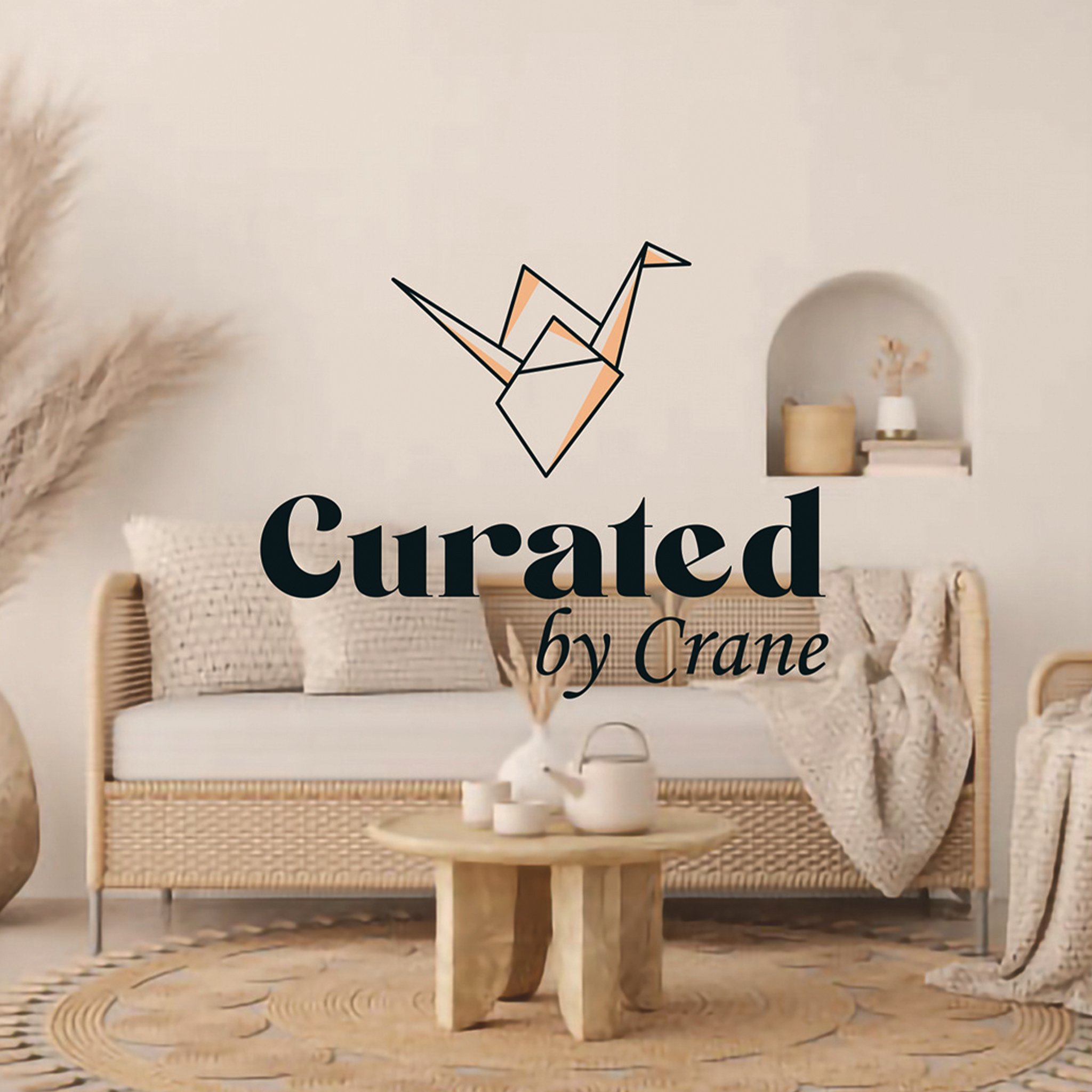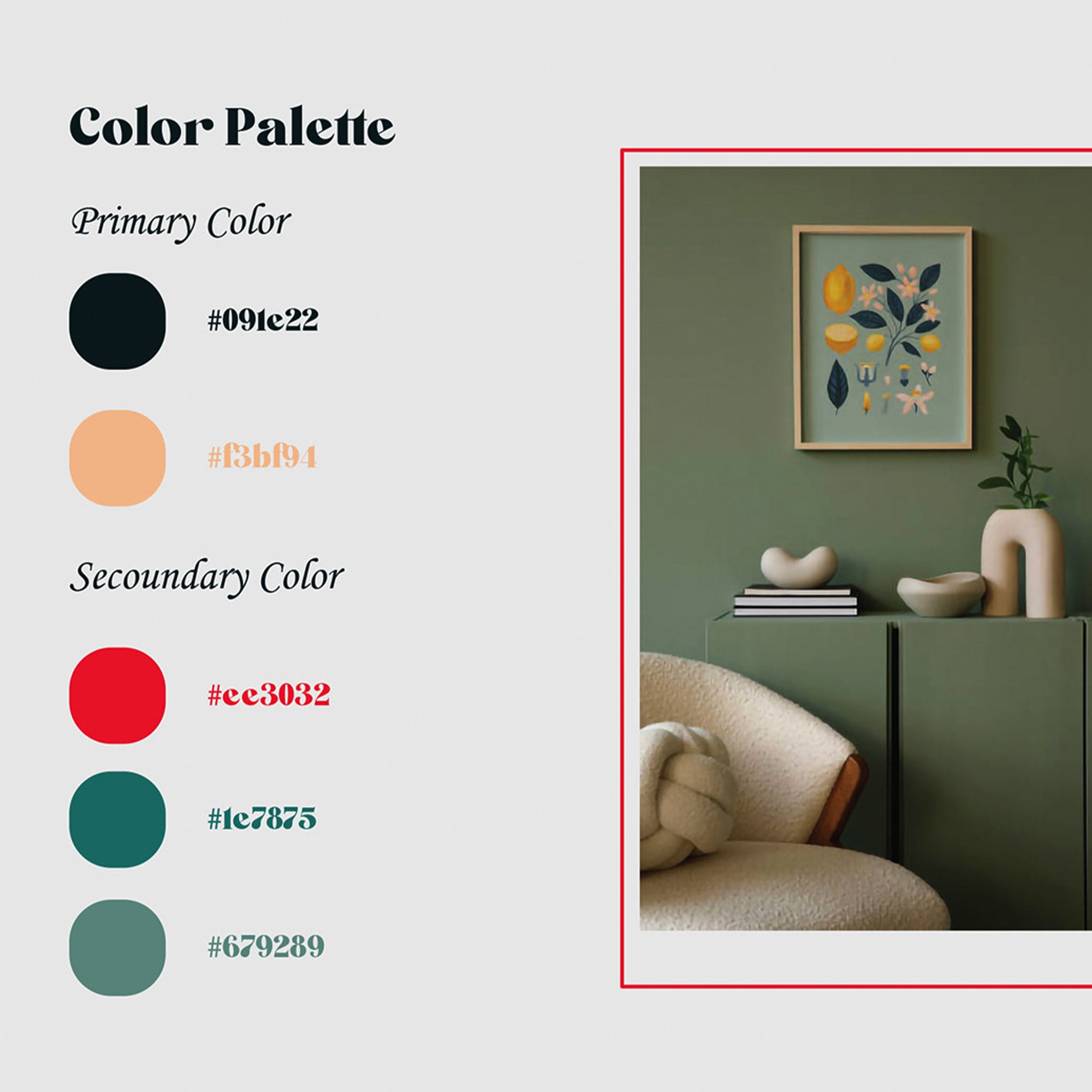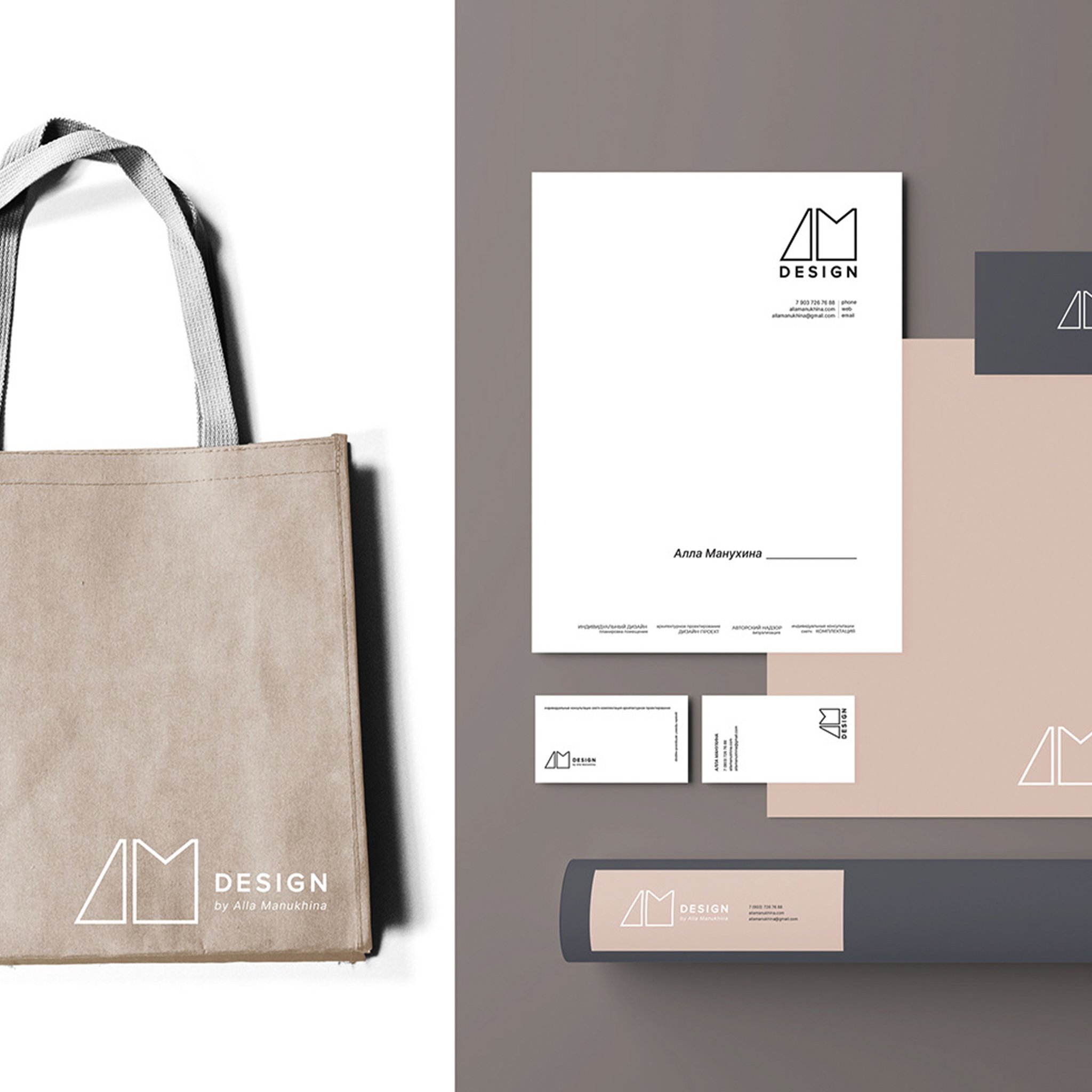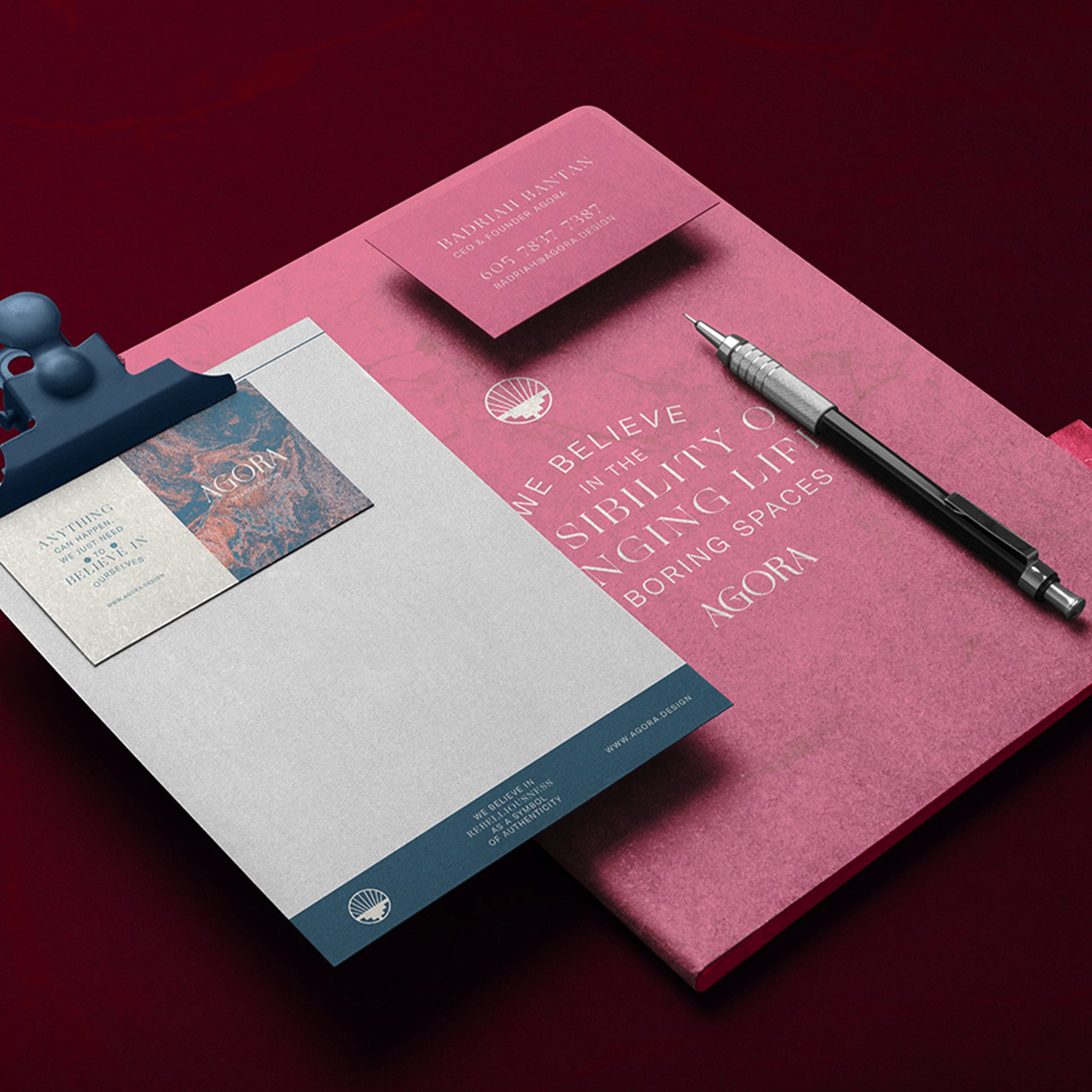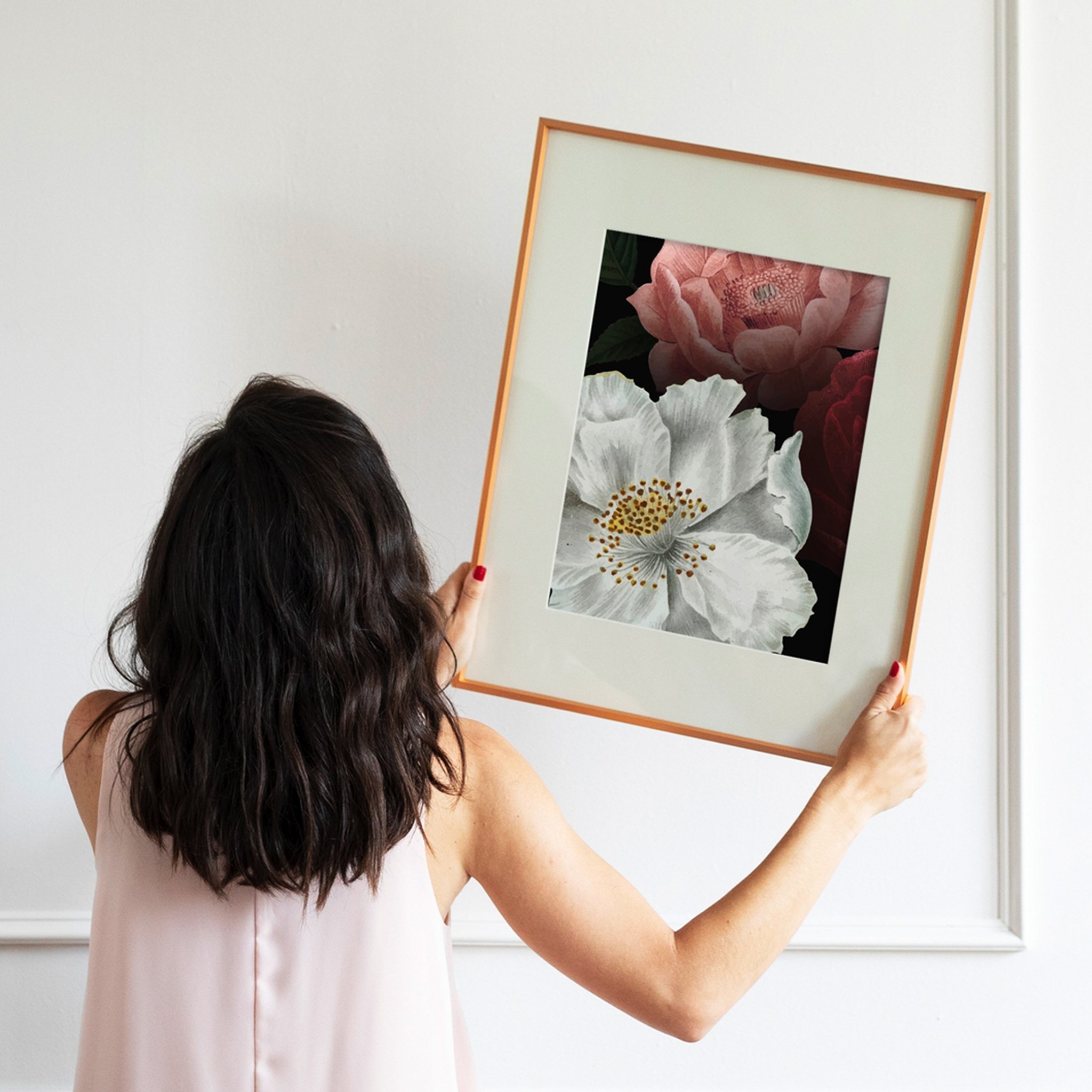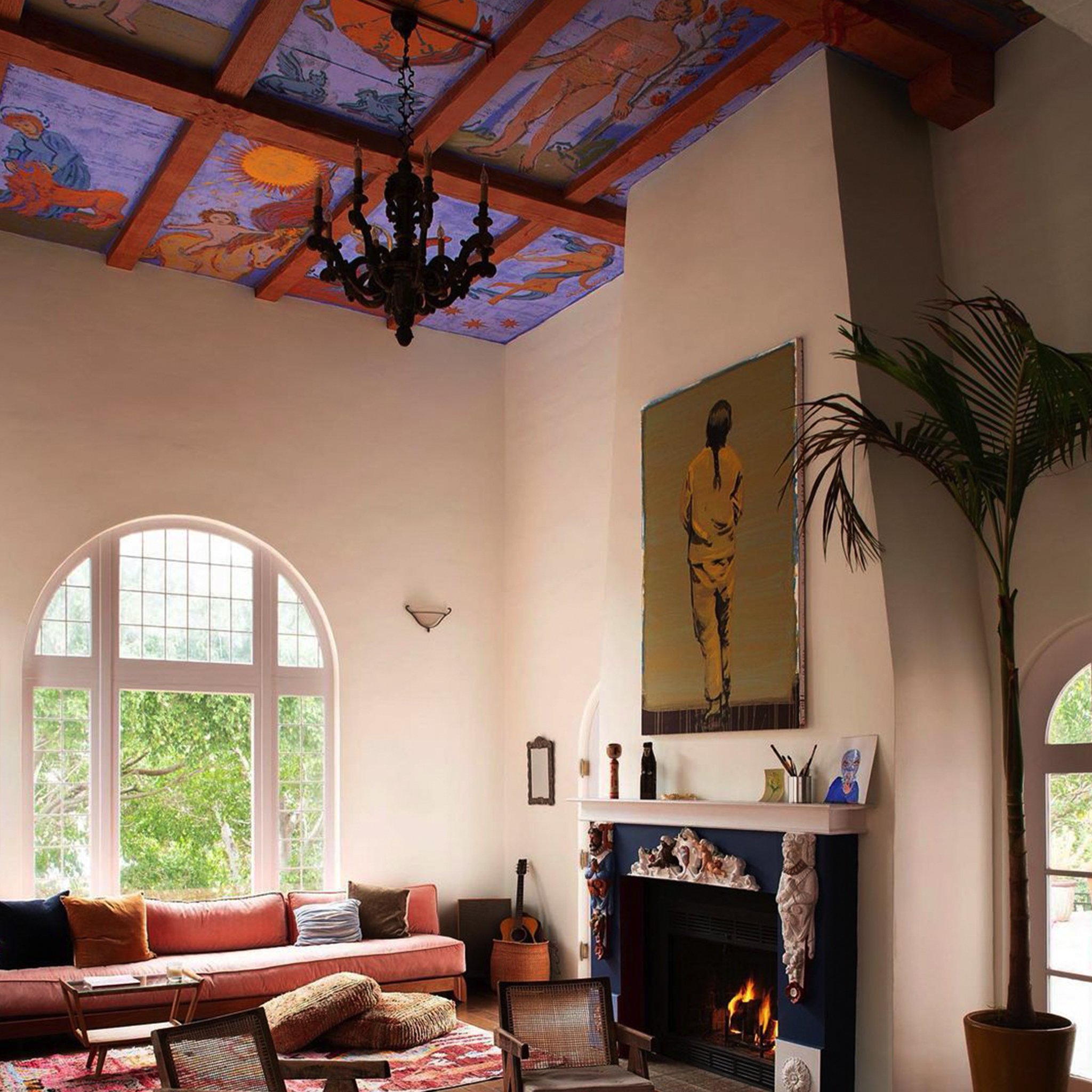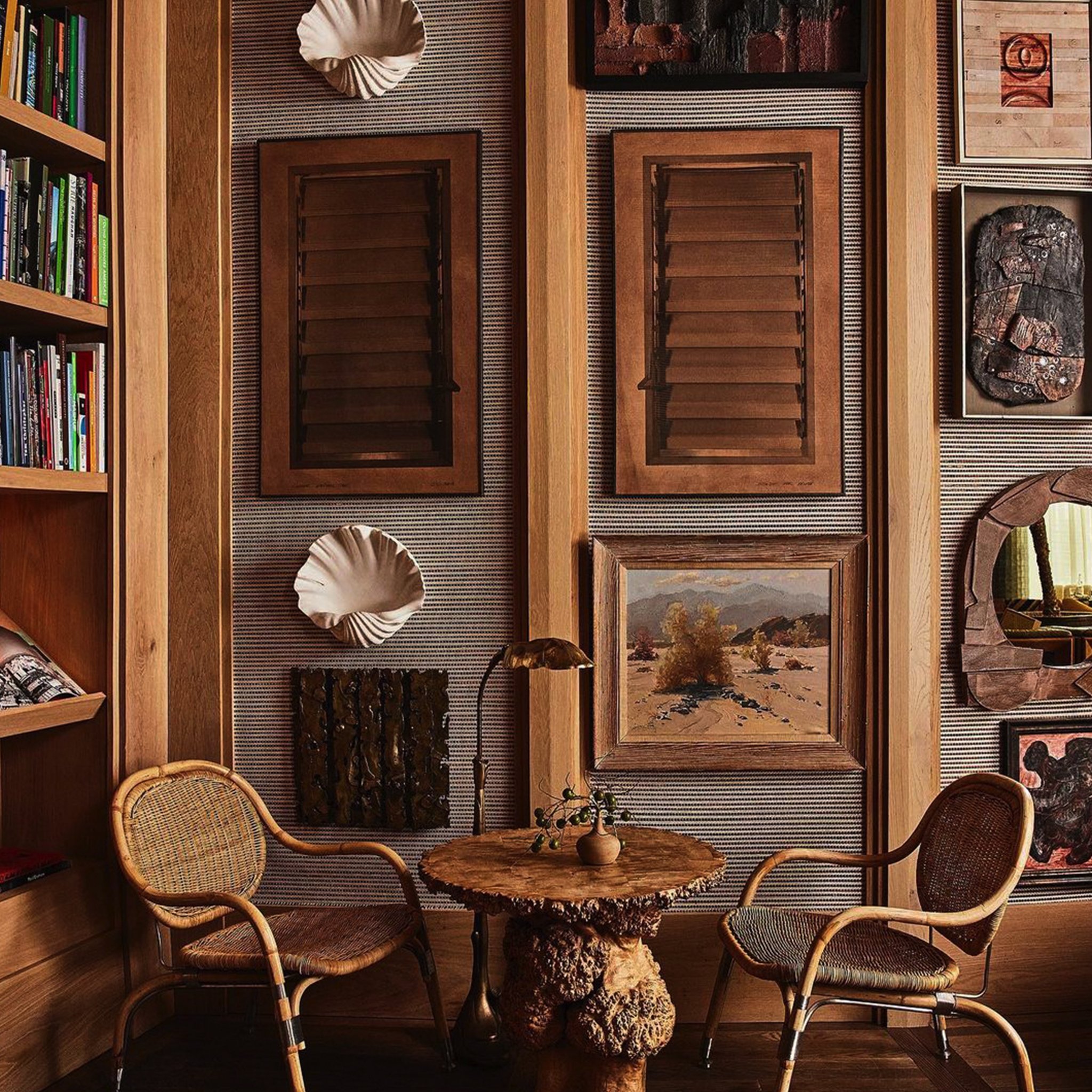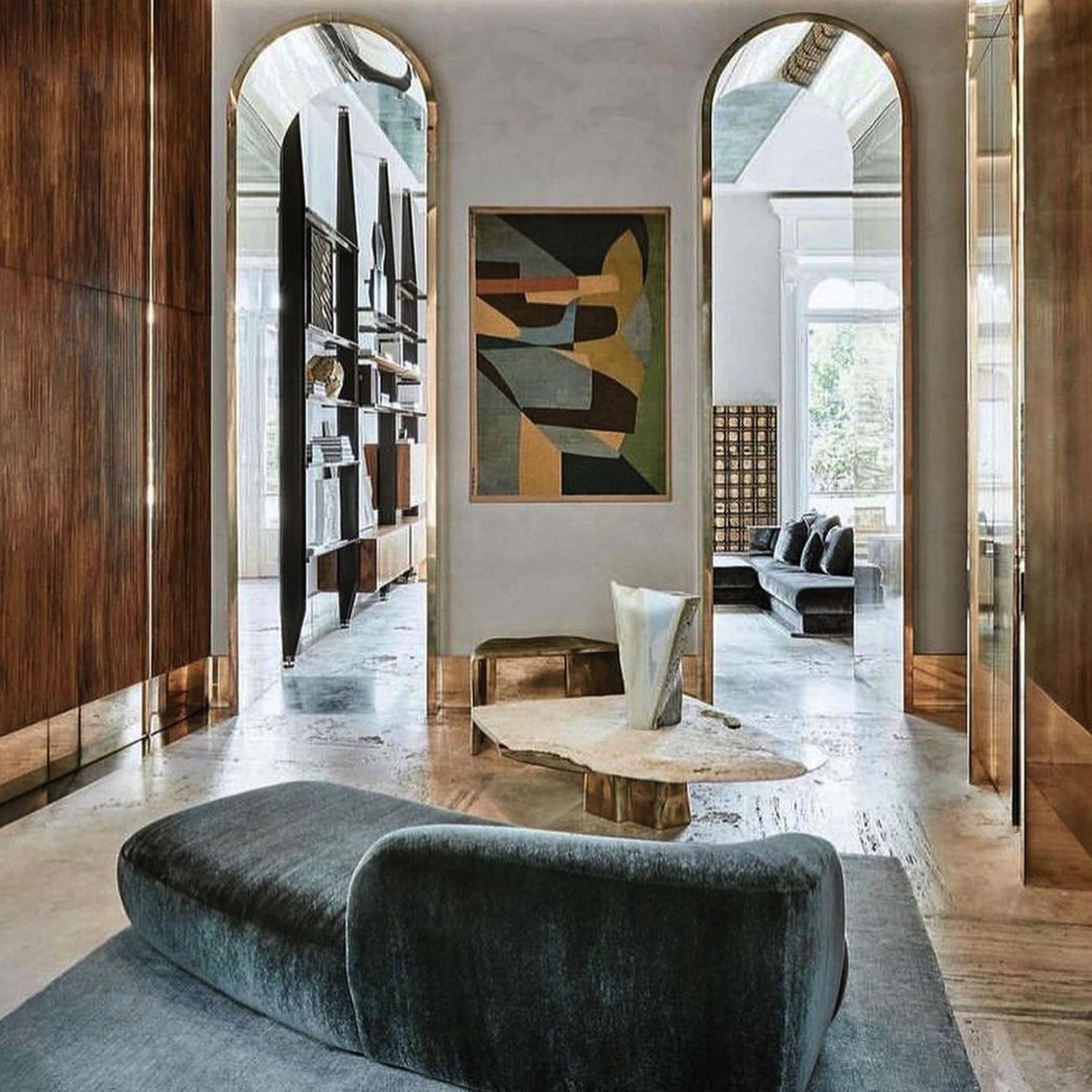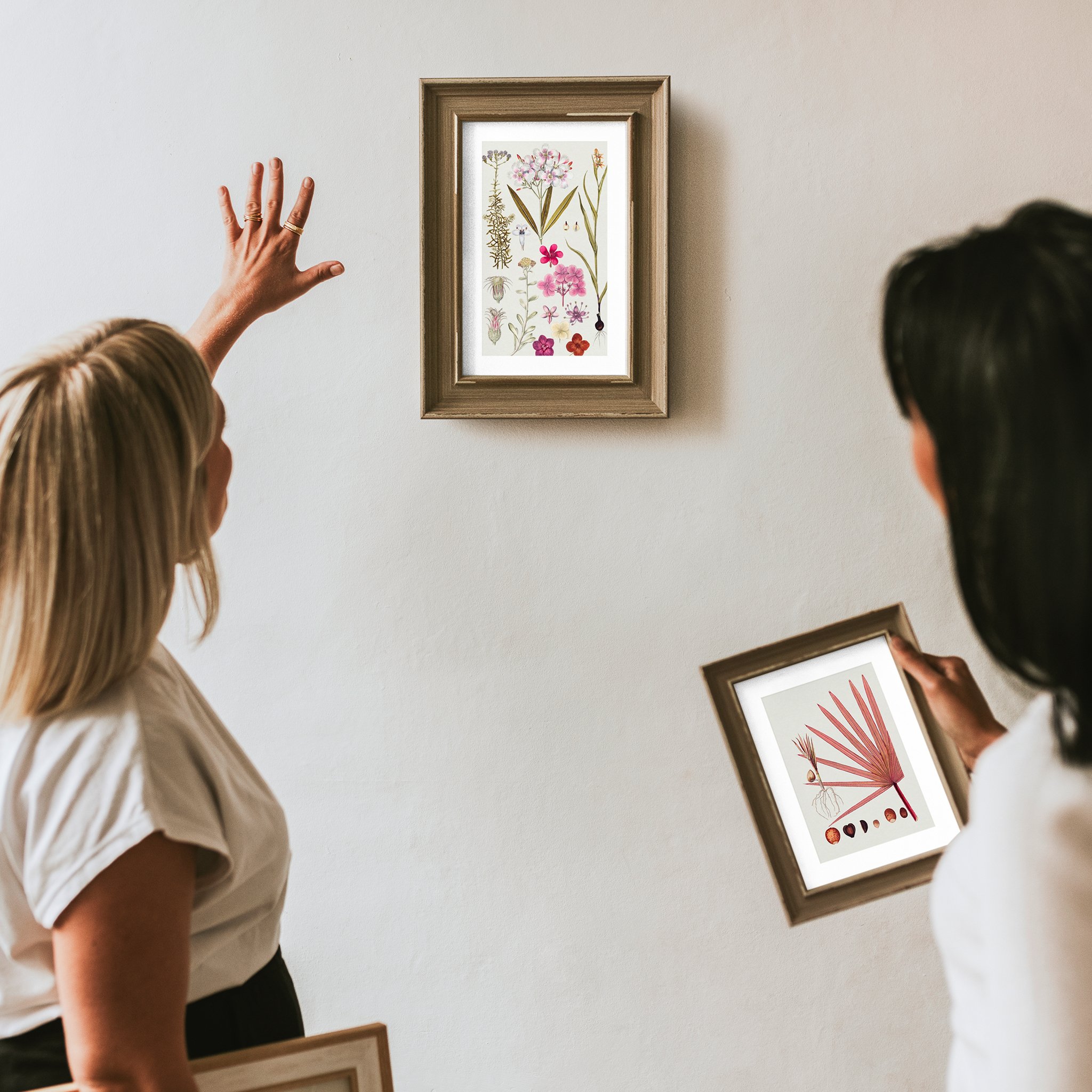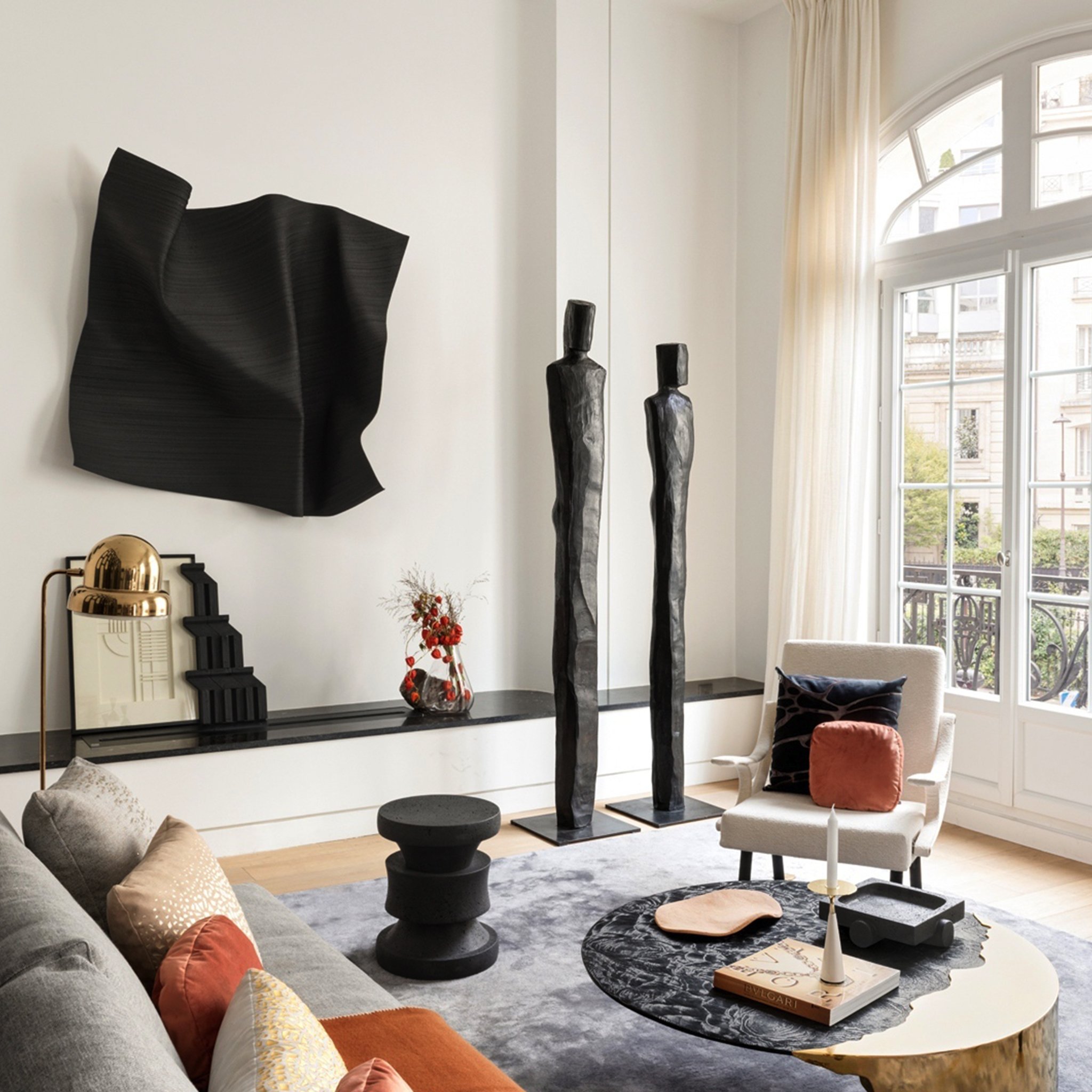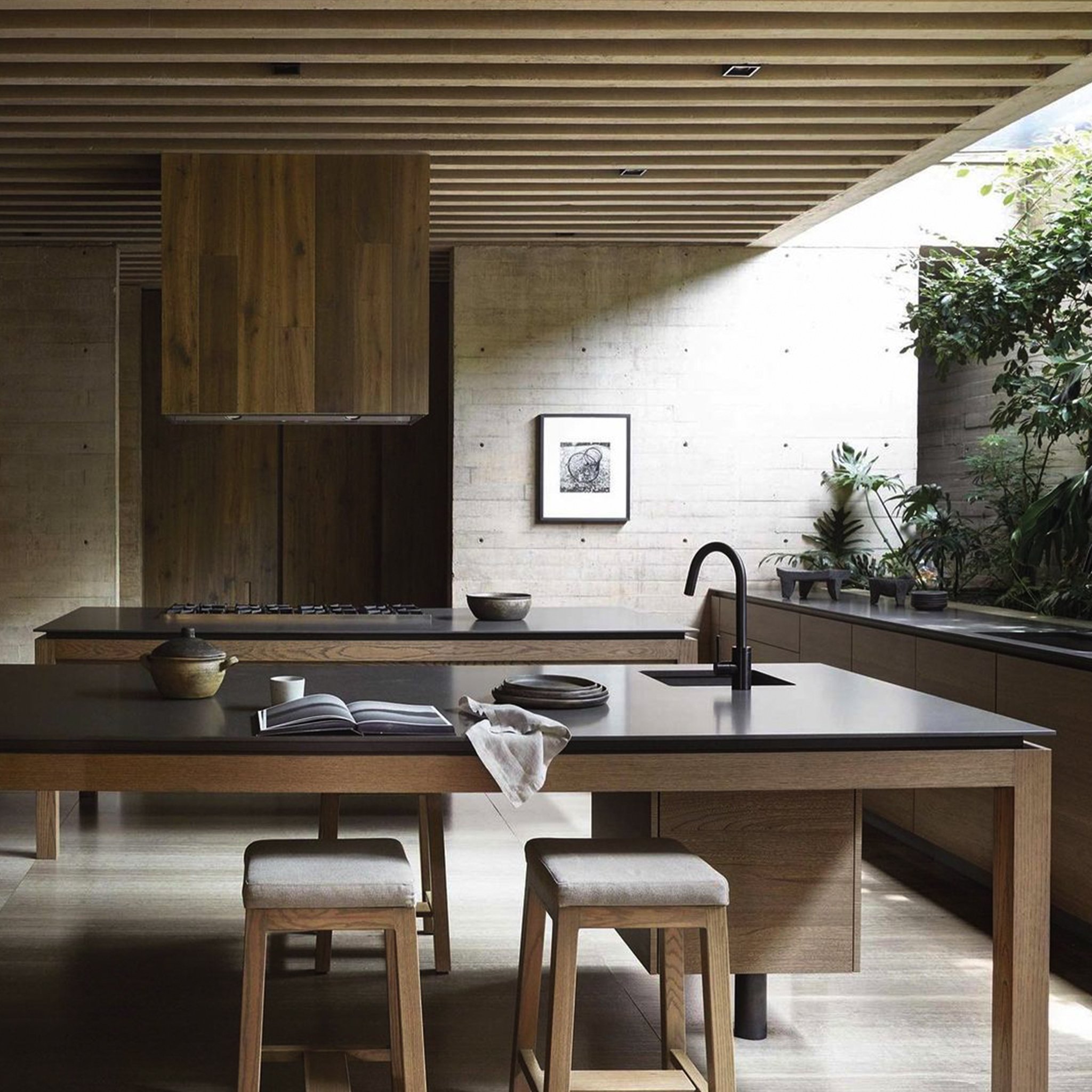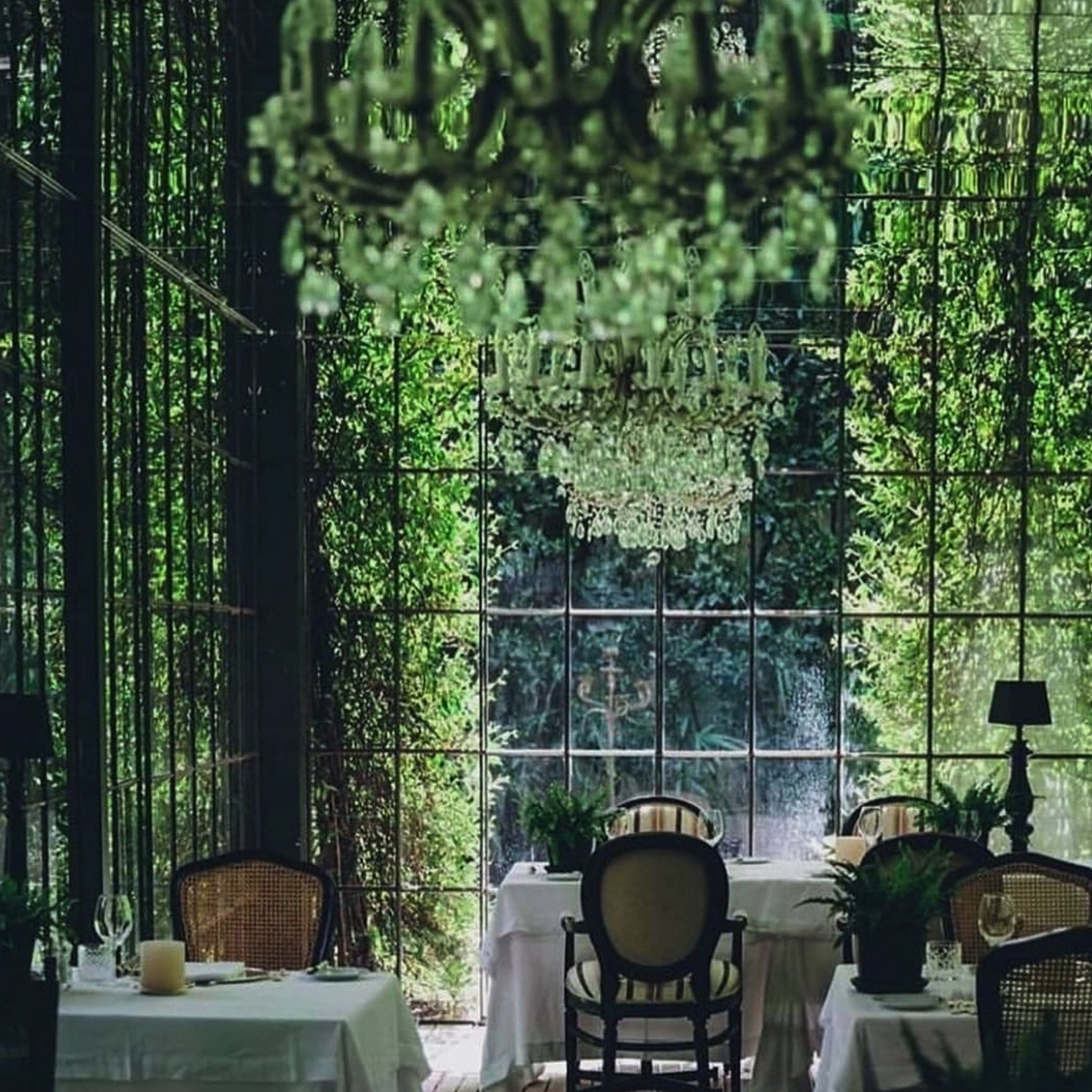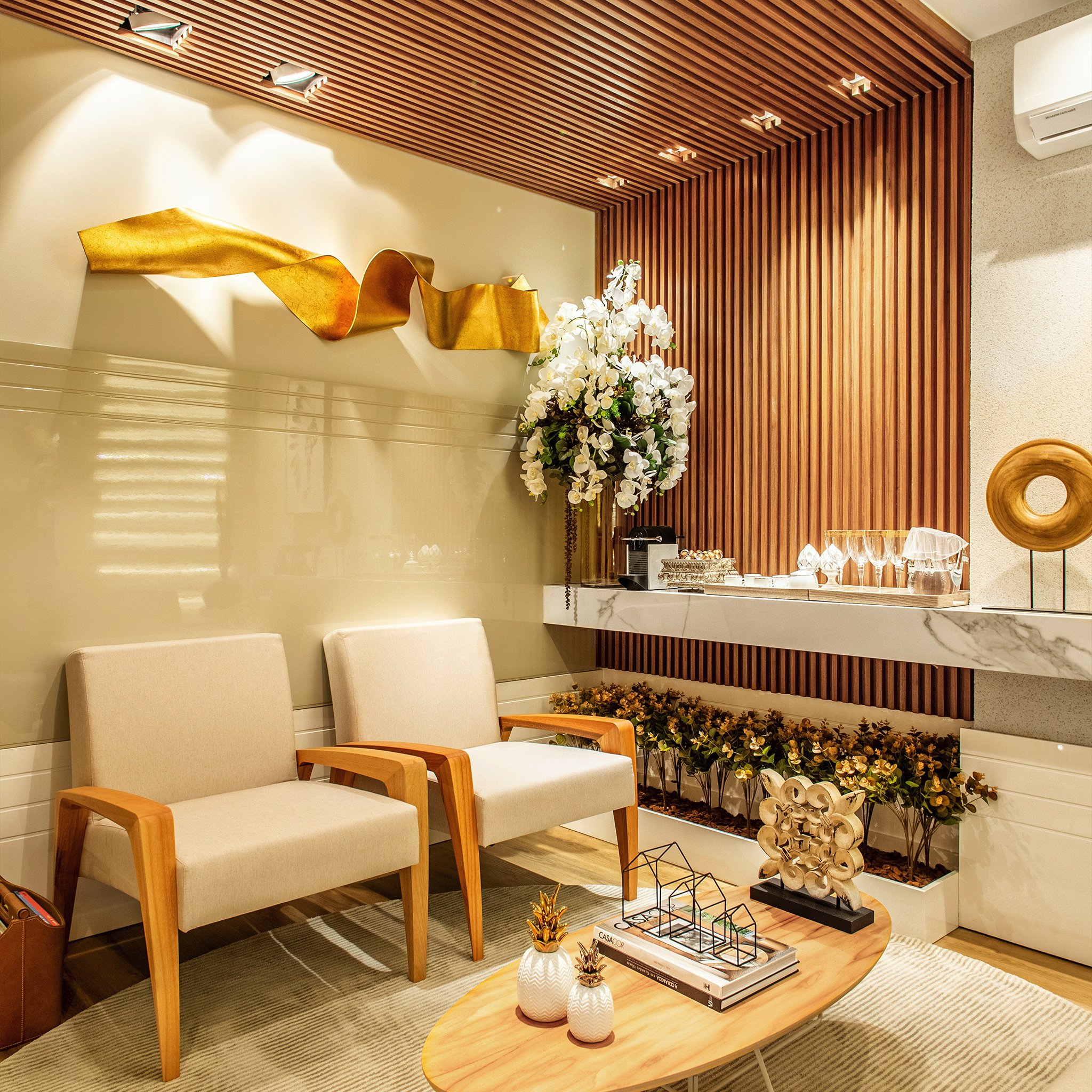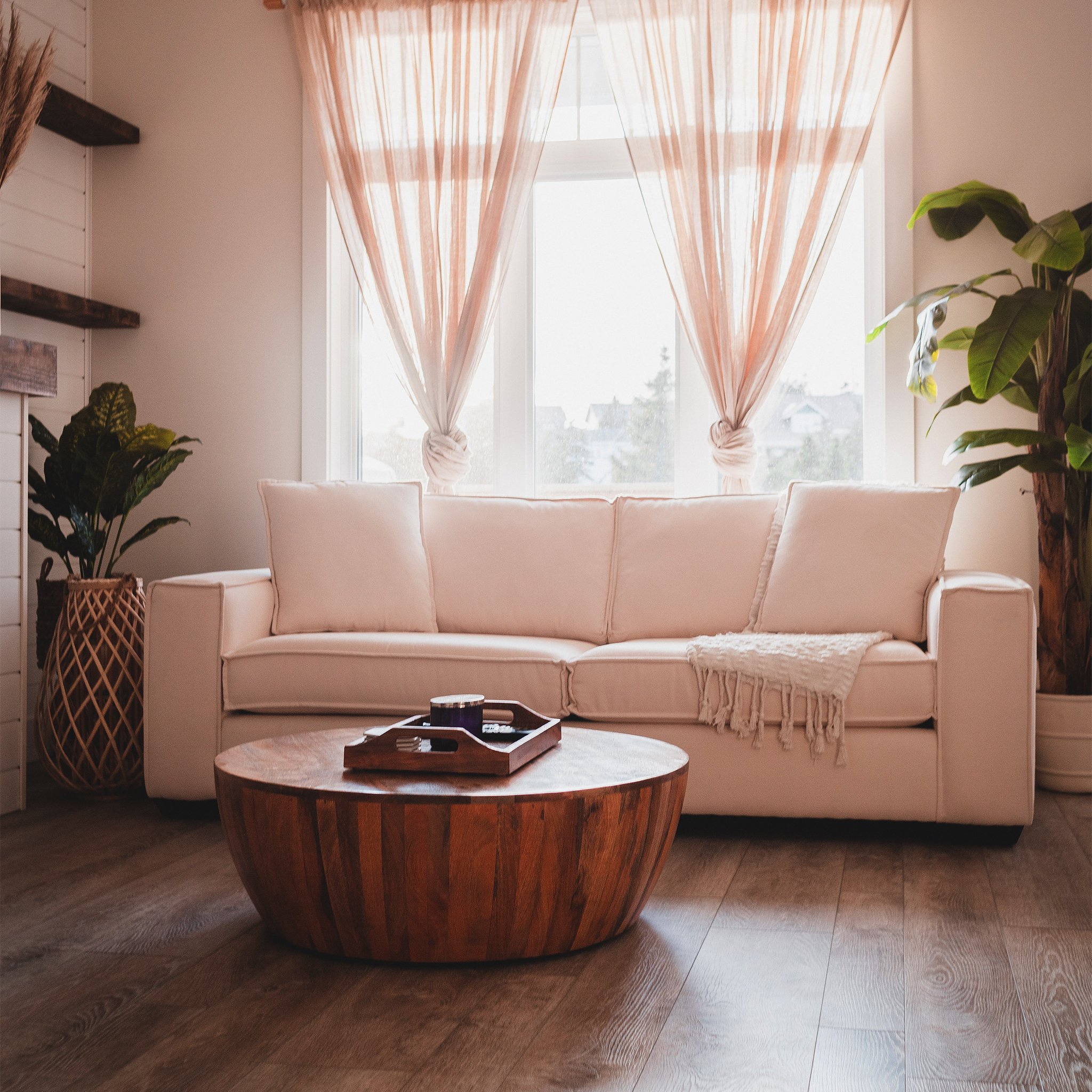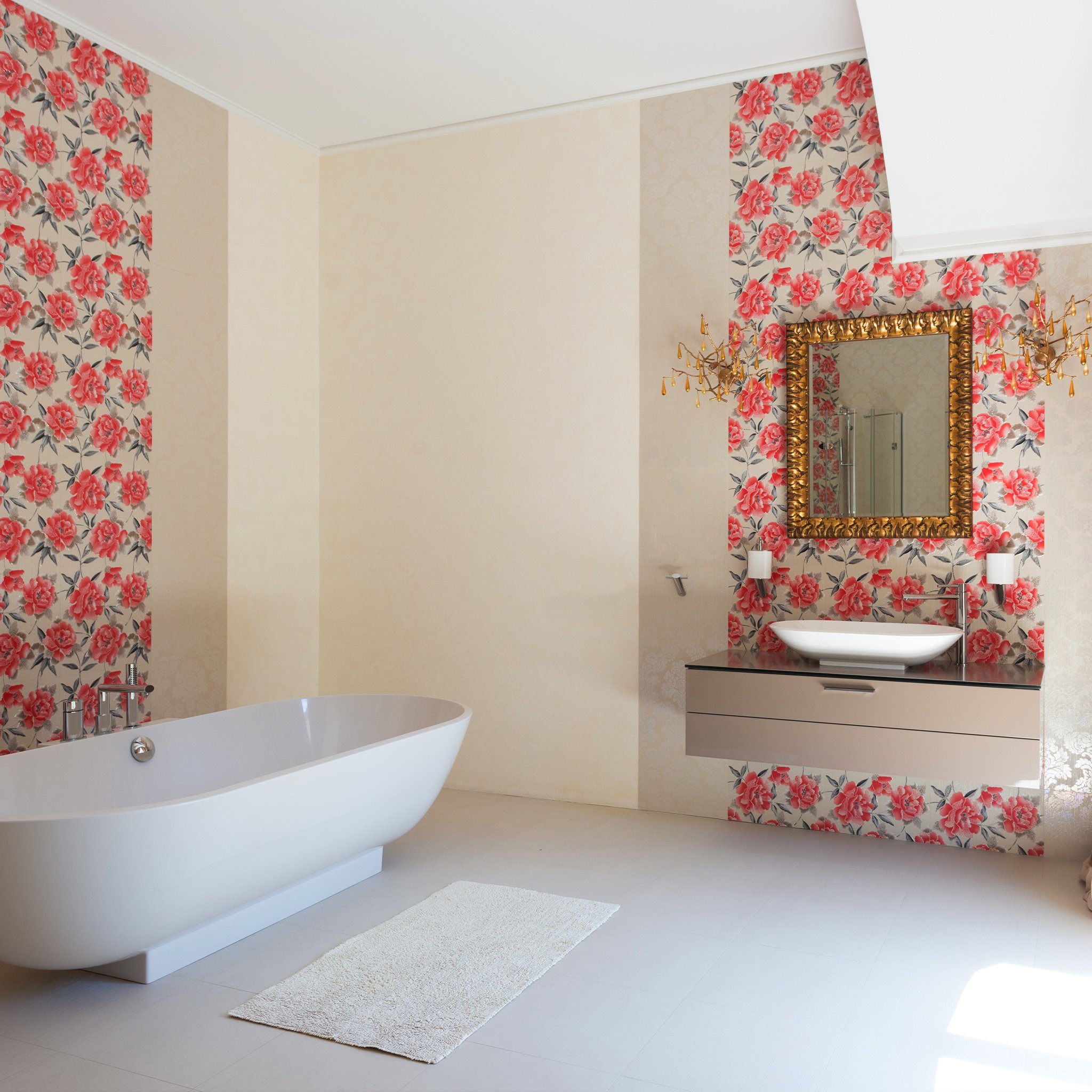Passive Income for Interior Designers: Digital Downloads (Part 2)
/If you’re hesitant to start creating digital downloads that require writing like eBooks and how-to guides, there’s good news - you can turn design work that you’re already doing into digital downloads.
Mood Boards
Mood boards are a great idea for interior designers to create passive income because they can help attract clients and showcase their design skills. There’s the added bonus of being able to include affiliate links which allow designers to get a commission if a customer buys one of their product recommendations. Here are some reasons why mood boards are a great passive income option for interior designers:
Attract new clients: Mood boards can serve as a visual representation of a designer's style. By creating original, captivating, and well-curated mood boards, designers can attract potential clients who are looking for a specific style or aesthetic for their space. This is a perfect option for designers who have a sought-after style.
Showcase design skills: Mood boards allow designers to showcase their design skills and creativity, which can help them stand out in a competitive market. By creating beautiful and unique mood boards, designers can demonstrate their ability to transform a space and create a cohesive design concept.
Floor Plans
Interior designers can also sell floor plans to generate another stream of income. Here are some reasons why selling floor plans can be a great source of passive income:
Attract a wider audience: While some clients may prefer to work directly with a designer, selling floor plans can attract a wider audience of individuals who may not have the budget or desire to hire a designer for a full project. By creating and selling floor plans online, designers can reach a wider audience and generate income from individuals who are interested in going with their own design ideas.
Showcase expertise in a specific niche: Designers can specialize in a specific type of space, such as kitchens and bathrooms or studio apartments, and create floor plans that cater to that specific niche. By doing so, designers can demonstrate their expertise in that area and draw in clients who are specifically looking for that type of design.
Create Your Own or Hire a VDA
As a designer you may already have your own mood board templates prepared that you could easily convert into a digital download for customers. If not, this is a task that could be delegated to a design assistant that is proficient in Canva, Adobe Illustrator, or Photoshop.
Creating a passive income stream can supplement a designer's income from client work. By creating and selling digital products, designers can earn ongoing income without the need for ongoing client work or project management. This can be especially valuable during slower periods or when taking time off for personal reasons. Creating digital downloads requires work upfront but pays off over the long term.
xx, Danae

